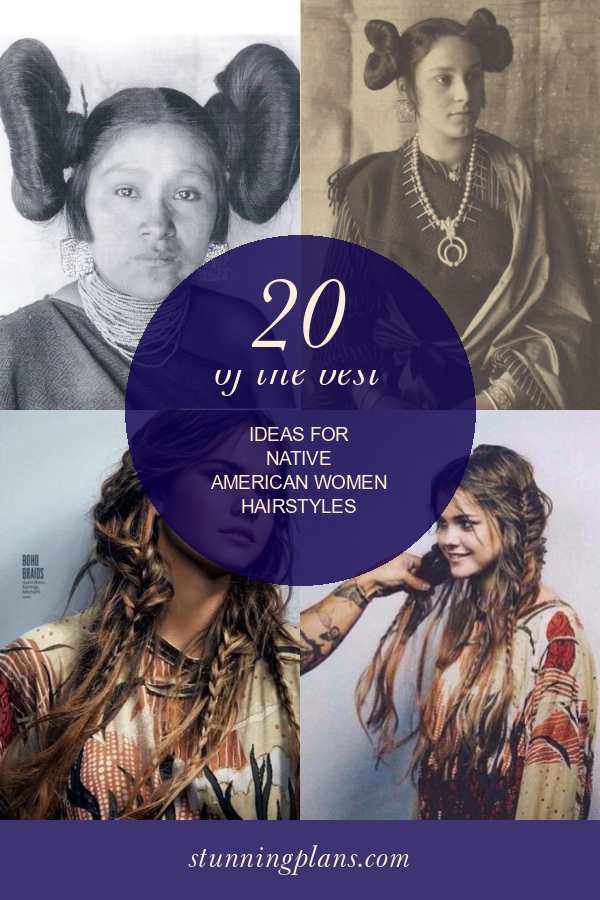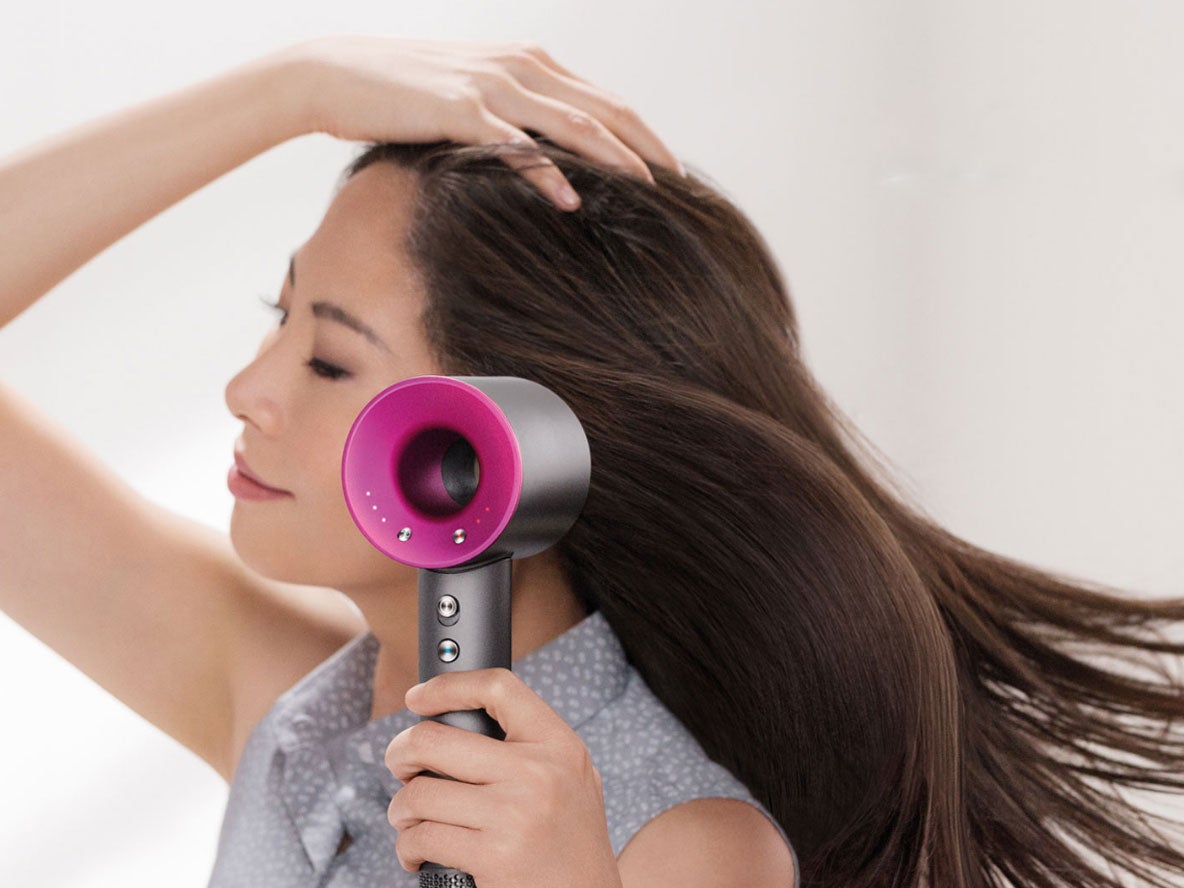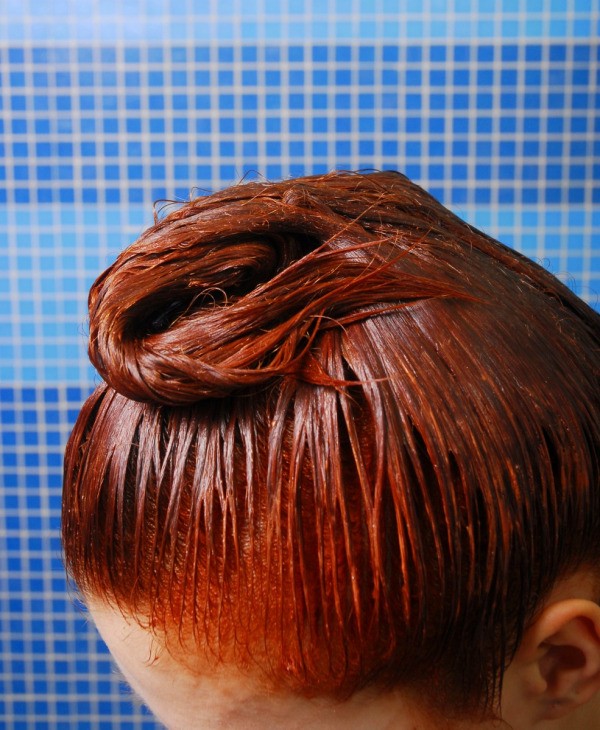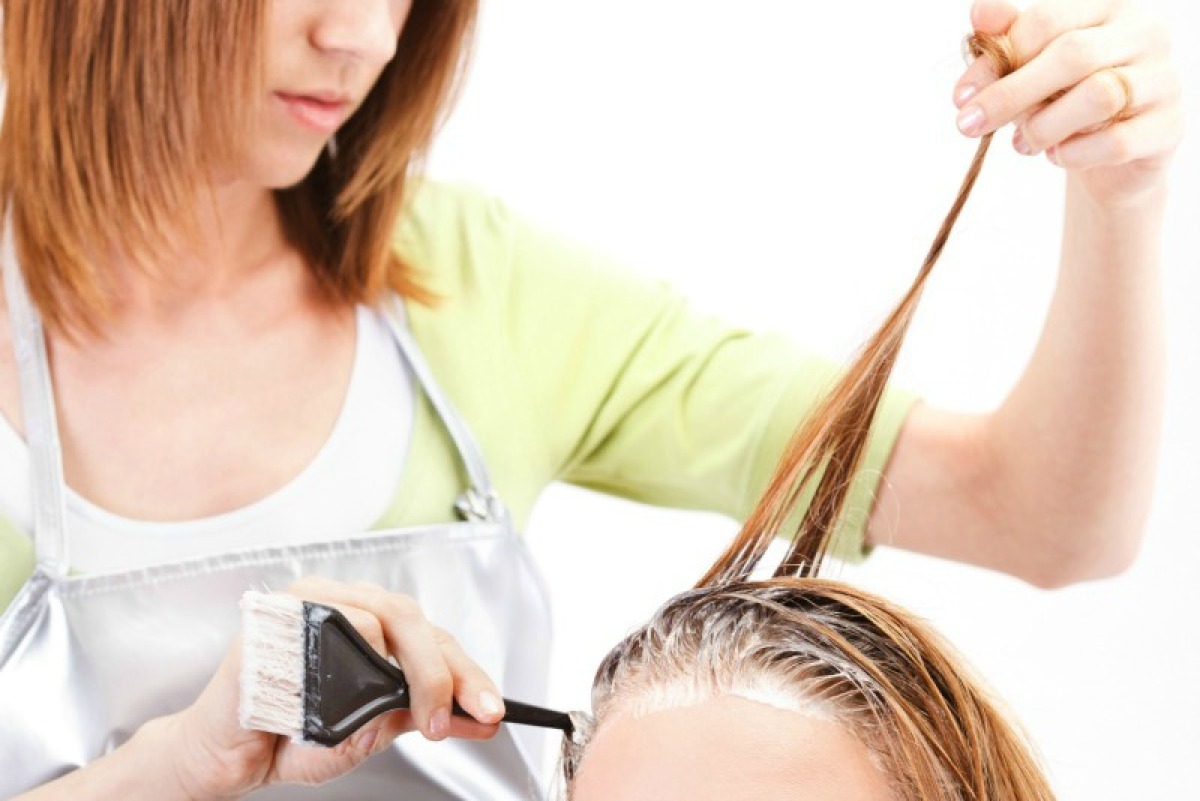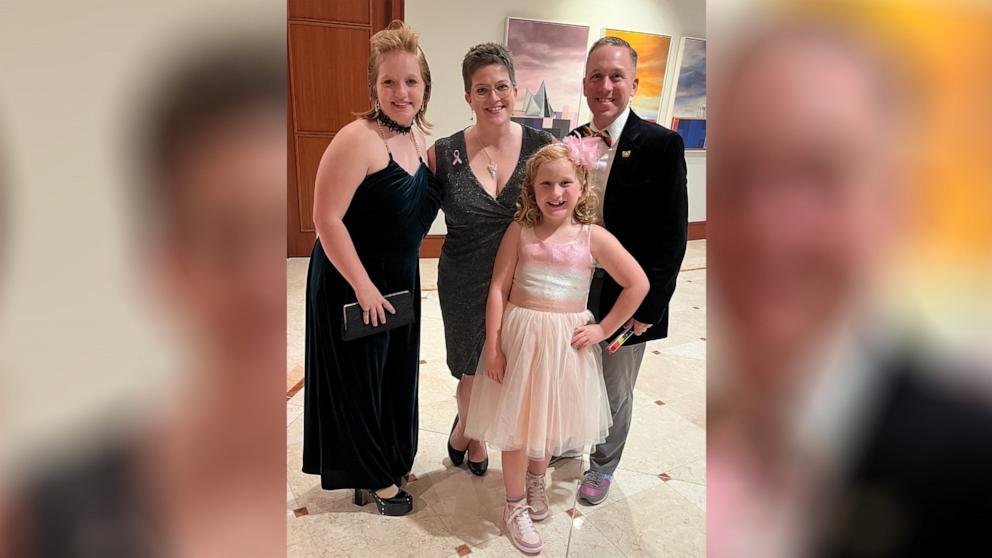Table Of Content
- Native American Traditional Hairstyles
- The Target of Native American Traditional Hairstyles
- Indigenous author explores the power of hair for Native Americans in children's book
- Step 5 – Use the Right Products
- Were Native American People Tall?
- Traditional Native American Haircare Rituals and Natural Remedies
- Hand And Feet Of Native American People

Hair was never cut or touched without purpose; it was considered powerful and sacred elements of life. Native American culture is one of the oldest and most diverse cultures in the world. Their customs, traditions, and lifestyle have been passed down from generation to generation for thousands of years. One aspect that stands out is their distinct and mesmerizing hairstyles.
Native American Traditional Hairstyles
Native Americans typically have a strong, square jawline and a broad forehead, and their faces are often longer than they are wide. Their skin color can vary widely, ranging from light to dark brown, and can sometimes have reddish undertones. Airmen have the right to request religious accommodation from a policy, practice, or duty, based on the U.S. The coordination process includes commanders, chaplain corps personnel, medical providers, judge advocates and other subject matter experts, who funnel requests to ultimately be decided by the Surgeon General for the U.S. Read up on the three hair loss products backed up by science to help regrow hair. Whatever style you’re using for powwow dancing, it probably requires hair products of some kind.
The Target of Native American Traditional Hairstyles
There is a teaching about the symbolism of the braid, itself, that reaffirms this practice. It is said that single strands of hair are weak when tugged on, however, when you pull all of the hair together in a braid the hair is strong. This reinforces the value of the family and tribe along with our connection to all of creation. In order to get the true, old-fashioned look of Crow chief plaits in your hair without being bored with the same Native American Hairstyles every day, you can do a variety of cool things.
Indigenous author explores the power of hair for Native Americans in children's book
Kansas school forced 8-year-old Native American boy to cut his hair, ACLU says - KSHB 41 Kansas City News
Kansas school forced 8-year-old Native American boy to cut his hair, ACLU says.
Posted: Mon, 20 Nov 2023 08:00:00 GMT [source]
Native American women have always held a special place in society, with hair being an essential part of their identity. In this blog post, we will look at the top 5 fascinating facts about Native American female hairstyles. However, many see long hair as a symbol of virtue and a physical manifestation of their spirit. Long hair may represent strength and power and be a symbol of strong cultural identity. For some tribes, it connects them to mother earth, who has long grass as hair.
Petition: Justice for Native American Boy Who Was Told He Had to Cut His Hair or Be Suspended - One Green Planet
Petition: Justice for Native American Boy Who Was Told He Had to Cut His Hair or Be Suspended.
Posted: Thu, 30 Nov 2023 14:43:34 GMT [source]
Step 5 – Use the Right Products
Aside from long hair, braids are a common style sported by Indigenous people, but the reason goes beyond aesthetic purposes or styles preferences. "Across all tribes, pretty much, we all have the belief that the three strands in a braid represent the body, mind, and spirit," said Whisper, noting that hair overall connects you to Mother Earth. In African American history, as a product of the transatlantic slave trade, braided hair came to serve as everything from a means of storing and hiding food to a way of sending secret messages. In ancient Greece, hair length and styles separated people by class and place of origin. And in some Indigenous cultures, hair is believed to be an extension of the self, as well as a connection to the world. One of the most iconic hairstyles in cinematic history, the double-bun of Princess Leia in Star Wars, came from the Hopi tribe's "squash blossom" tradition, according to film fashion historian, Kendra Van Cleave.
Explore Native Culture
Some tribes, such as the Navajo and Apache, were known to be taller, with average heights of around 5’10” for men and 5’5″ for women. In this article, our aim is to delve into the unique physical traits of Native Americans, so please continue reading. For more information regarding the process for submitting a religious accommodation request, see DAF Instruction , Religious Freedom in the Department of the Air Force. As put by Reece, the significance of Crawn’s accommodation is evident in that it opens the door for future Airmen who hold their religious values in high regard. He was even “adopted” by a local man who sang Crawn an honor song and gifted him an eagle feather—the highest honor a Native person can earn, especially as a warrior.
Another popular style was the “porcupine roach,” which comprised hair gathered into a traditional square-shaped tapering bundle on top with wrapped leather strips holding vertical protruding eagle feathers at each side. Diversity is a concept that has become increasingly important in today’s society. People from all walks of life, beliefs and cultural backgrounds are celebrated now more than ever before. From fashion shows to political campaigns, every industry is tapping into the true essence of diversity and inclusion. Below are answers to some frequently asked questions about Native American hairstyles.
Traditional Native American Haircare Rituals and Natural Remedies
Make sure the hair products you use are suited for Native American hair. You can also use the right amount of hair gel or other such products when needed. This can help your hair grow more naturally, although you should confirm the custom of your tribe or community. Many tribes often add some necessary accessories to their hair that can also be a significant part of their style and culture. There are often special ceremonies for the first haircut, but after that they let it grow. Many cultures around the world, from Native Americans to Sikhs, believe that hair has a special significance.

A wide variety of herbs and plants were used as shampoos and hair perfumes, too. Yarrow, witch's broom and yucca were some common hair washes of other tribes. Some of the most contentious discussions in any family can be about hair. As a kid, a disagreement with her mother over the length of her hair opened a door to learning about her Native American ancestry. She wrote a children's book called "My Powerful Hair." NPR's Elizabeth Blair talked with her.
Some cultures believed hair was the source of power, and cutting it meant losing that power. Hair was sacred and represented an intimate connection to the spirit world. Today, Native American traditional hairstyles still hold special meaning and are worn with pride and respect for their heritage. In conclusion, Native American female hairstyles carry with them tremendous cultural significance and spiritual values for indigenous women. They are a symbol of identity, community, spirituality, and traditional values passed down through generations.
Our hair is considered sacred and significant to who we are as an individual, family, and community. In a culture where hair has been a symbolic ode to identity and spirituality, Indigenous hairstyling is more than an aesthetic – it's a sacred preservation of history. Native Americans have to cut their hair when they mourn someone passed away for spiritual purposes. One example of a sustainable haircare practice in Native American culture is the use of yucca root as a natural shampoo.
But as I got older, he would tell me more about his experience and what it meant to him. Eventually, he told me his hair was cut in an effort to strip him of his culture and identity. Cutting his hair was their way of showing dominance over him through forced assimilation.
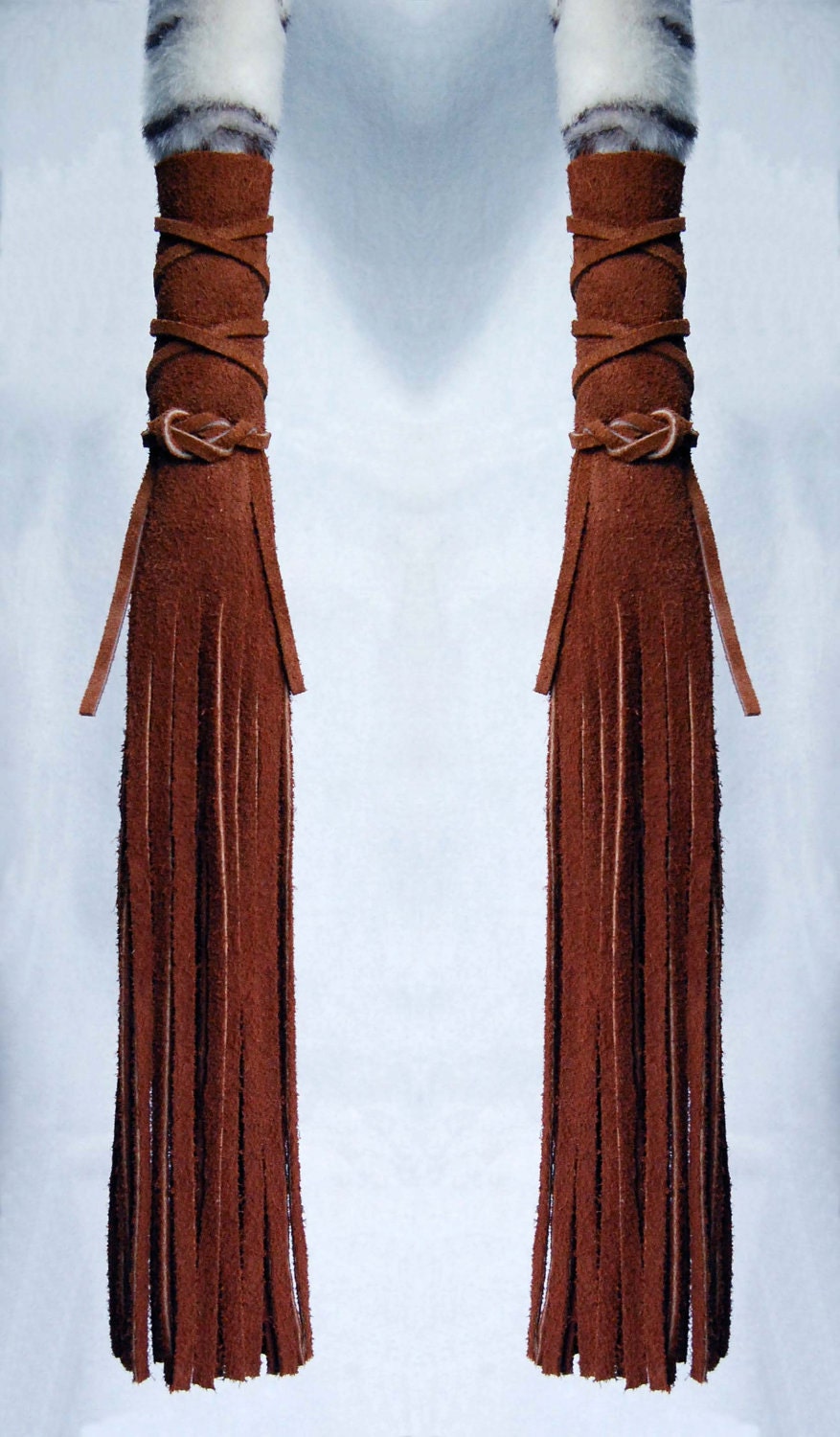
Lindstrom says her mother died in 2015 without ever learning the power of her hair. As an adult, Lindstrom set out to find out more about her culture and learned the truth about hair. "The hair is such a big part of who we are and our identity," she says, "It's like a living scrapbook."
From intricate braids to simple yet elegant ponytails, these hairstyles reflect the beauty and style of indigenous women across North America. In this step-by-step guide, we will explore how to achieve traditional Native American female hairstyles so that you can channel your inner warrior goddess. In the old days when most of our people wore their traditional hairstyles, there were amazing creations and enhancements. Some were for practicality, others were decorative and others were ceremonial. American white culture and fashion from the 1920s to the present have taken inspiration from native hair styles. Again in the 1960s, anti-establishment youth wore long hair, headbands, and braids, inspired from Native American cultures.

